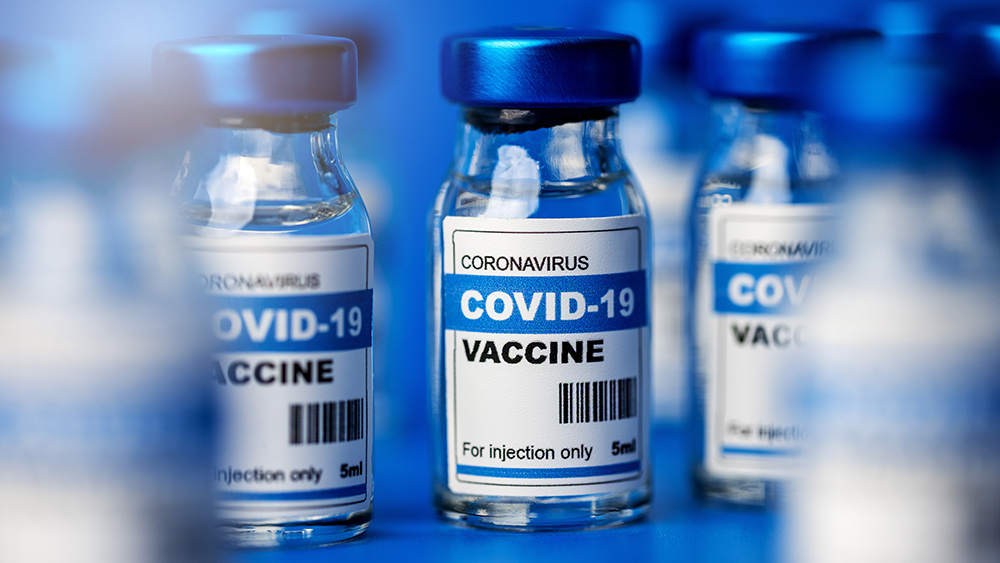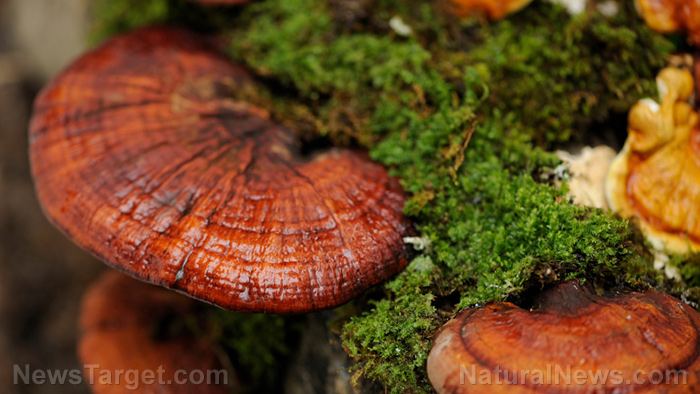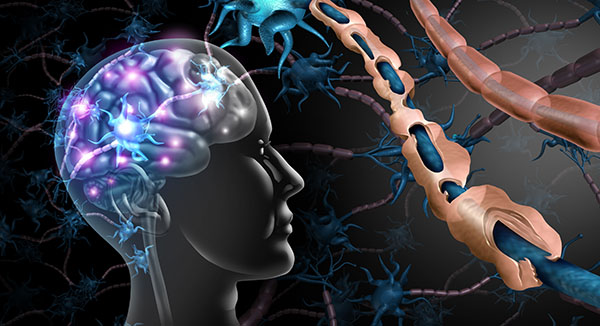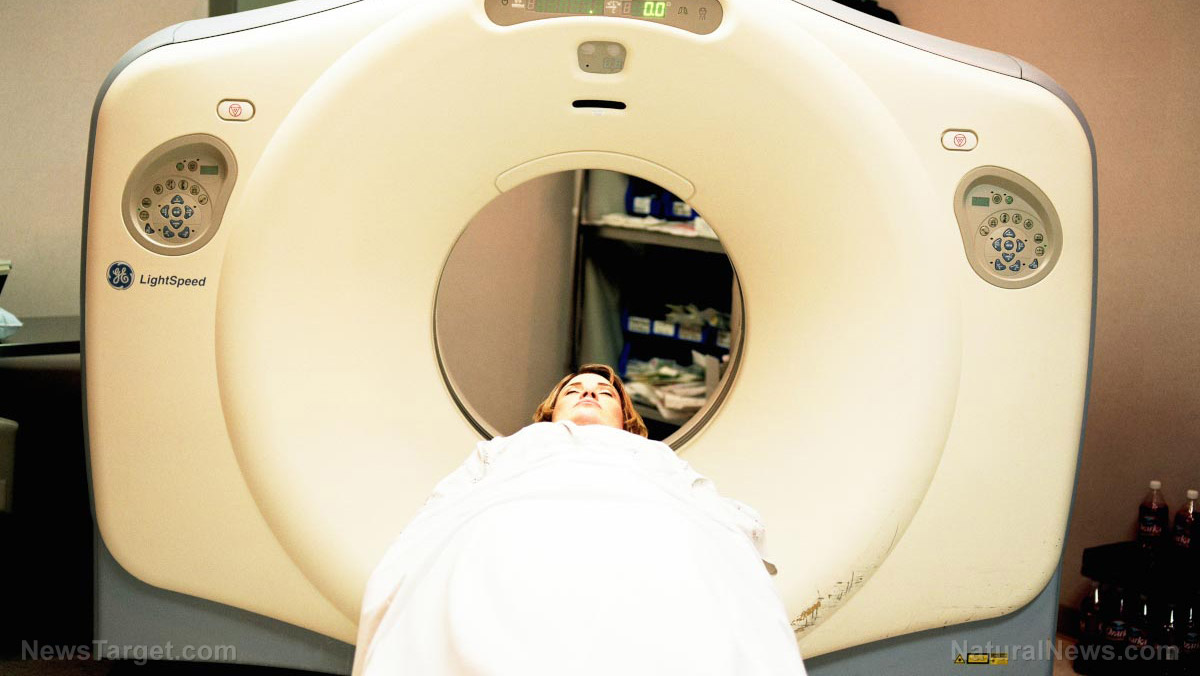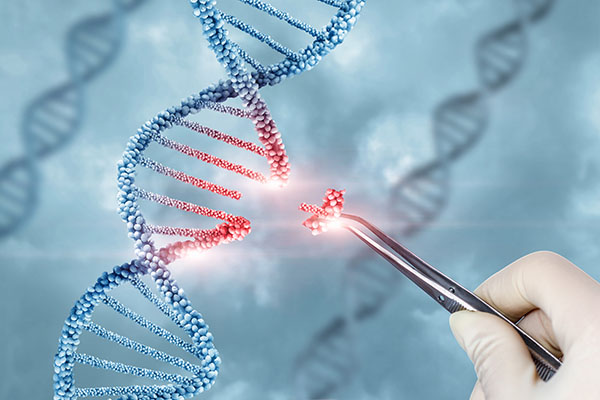Miraculous gut fungus could revolutionize fatty liver disease treatment
05/19/2025 / By Lance D Johnson
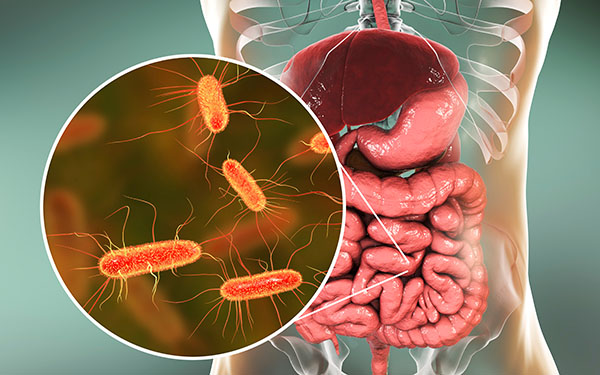
For decades, the medical establishment has dismissed the gut microbiome as little more than a passive bystander in human health. But groundbreaking new research reveals a common gut fungus — Fusarium foetens — could hold the key to treating one of the most pervasive and deadly metabolic disorders: fatty liver disease. While pharmaceutical giants have failed to deliver effective treatments, nature may have already provided the cure. Scientists are now uncovering how this overlooked microbe not only reduces liver inflammation and scarring but also disrupts the very mechanisms that drive metabolic dysfunction.
This discovery exposes a glaring truth: Human health is not an isolated phenomenon but a symbiotic relationship with trillions of microbial allies. Yet, as corporate medicine pushes expensive, ineffective drugs, the real solutions may lie in the very organisms modern medicine has ignored.
Key points:
- A common gut fungus, Fusarium foetens, shows remarkable potential in reversing fatty liver disease by reducing liver inflammation, fibrosis, and fat accumulation.
- Despite affecting over 1 in 4 adults worldwide, metabolic-dysfunction-associated fatty liver disease (MAFLD) has only one FDA-approved drug, which fails many patients.
- Gut fungi have been overlooked as “dark matter” due to their complexity, but new cultivation techniques reveal their critical role in metabolic health.
- Researchers found that F. foetens suppresses a key fat-producing enzyme (ceramide synthase), offering a natural pathway to combat liver disease.
- The study highlights how modern lifestyles — antibiotic overuse, urban living, and poor diets — destroy microbial diversity, worsening metabolic disorders.
The gut-liver connection: A microbial lifeline ignored by modern medicine
The liver is the body’s detox powerhouse, but its health is intimately tied to the gut. Every day, the liver processes microbial byproducts from the intestines — some beneficial, others harmful. When gut balance is disrupted, toxins flood the liver, triggering inflammation, fat buildup, and irreversible scarring (MASH).
For years, researchers focused on bacteria, neglecting fungi — until now. “Gut fungi are often termed the ‘dark matter’ of the intestinal microecosystem,” said Changtao Jiang, lead researcher of the study. His team’s innovative cultivation system mimicked real gut conditions, isolating F. foetens as the dominant fungus capable of surviving the harsh, oxygen-deprived intestinal environment.
In mice fed a high-fat diet, just two weeks of F. foetens supplementation slashed liver fat, inflammation, and scarring — without weight loss. The fungus directly inhibited ceramide synthase (CerS), an enzyme that drives fat production. When researchers genetically altered mice to produce more CerS, fatty liver disease worsened. But when CerS was blocked — either by the fungus or genetic modification — liver health improved dramatically.
Big Pharma’s failure vs. nature’s blueprint
While drug companies scramble to patent synthetic treatments, this study reveals a humbling truth: The human body’s microbial partners already possess the tools to heal. The only FDA-approved MASH drug, resmetirom, offers modest benefits with side effects, leaving millions without real solutions. Meanwhile, F. foetens works through natural pathways, restoring metabolic balance without artificial intervention.
Kim Lewis, a microbiome expert at Northeastern University, called the discovery “unexpected,” highlighting how much remains unknown about gut microbes. “We never knew [these fungi] existed to fight human diseases,” he said.
Yet, modern lifestyles sabotage these microbial allies. Urbanization, processed foods, and antibiotic overuse decimate fungal diversity. “Urban residents typically exhibit lower gut microbiota diversity compared to rural residents,” Jiang noted, pointing to environmental degradation as a root cause of metabolic disease.
The road ahead: Will medicine embrace microbial healing?
The next phase involves human trials, but the implications are staggering. If F. foetens proves effective, it could upend the pharmaceutical paradigm, shifting focus from profit-driven drugs to microbiome-based therapies.
But will the medical-industrial complex—deeply entrenched in patentable synthetics — accept a natural, potentially unpatentable cure? Or will this breakthrough be buried, like so many others that threaten corporate profits?
For now, the science is clear: The path to healing fatty liver disease may lie not in a pill, but in the trillions of fungal allies we’ve spent a lifetime ignoring.
Sources include:
Submit a correction >>
Tagged Under:
alternative medicine, breakthrough, discoveries, fatty liver disease, Fusarium foetens, gut fungi, gut microbiome, healing, liver health, liver inflammation, MAFLD, MASH, metabolic dysfunction, metabolic health, microbiome therapy, natural cures, natural health, natural medicine, Naturopathy, research
This article may contain statements that reflect the opinion of the author
RECENT NEWS & ARTICLES
COPYRIGHT © 2017 DISCOVERIES NEWS


